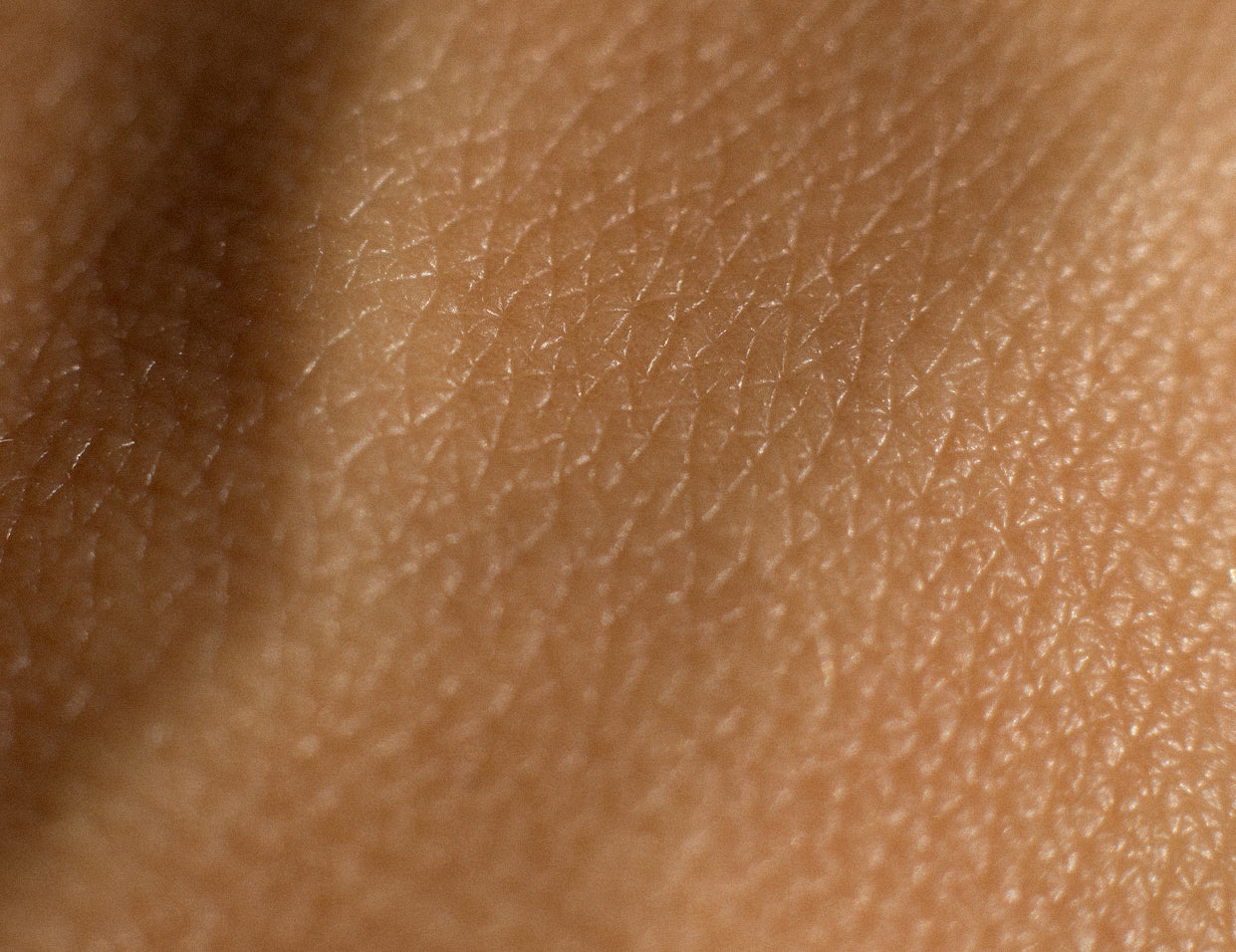What Is Combination Skin?
Combination skin is distinguished by having areas on the face that exhibit both oily and dry characteristics. Typically, the T-zone area, which encompasses the forehead, nose, and chin, tends to be oily, while the cheeks lean towards being dry or normal. Individuals with combination skin may notice enlarged pores, a shiny appearance in the T-zone, occasional breakouts in oily areas, and sensations of tightness or flaking in the dry regions. Furthermore, combination skin can vary in response to hormonal fluctuations, lifestyle changes, and environmental factors. Caring for combination skin can be a challenge, as it requires the use of products that can effectively balance oil production while addressing dryness. By carefully selecting suitable skincare products, individuals can achieve an equilibrium.
How To Know If You Have Combination Skin
To determine if you have combination skin, look for these characteristics:
-
Shiny T-zone: The forehead, nose, and chin may appear oily or shiny.
-
Enlarged pores: Pores on the nose and cheeks might be more visible or enlarged.
-
Occasional breakouts: Oily areas may be prone to acne blemishes.
-
Dryness or flakiness: Cheeks and other dry face areas may feel tight or flaky.
Characteristics of Combination Skin
Typically, combination skin appears shiny or oily in the T-zone, while other areas of the face may be dry or normal. The presence of enlarged pores, blackheads, and occasional breakouts in the oily areas can be attributed to the excessive production of sebum by the sebaceous glands. In contrast, the dry areas may feel tight, flaky, and rough to the touch.
Texture of Combination Skin
Combination skin texture varies across the face. The T-zone often has an oily or shiny texture due to excess sebum production, while other areas may feel dry or normal. Enlarged pores are common in the T-zone, and dry areas may feel tight or flaky. Caring for combination skin requires balancing products that address both oily and dry areas.
Causes of Combination Skin
Combination skin can result from a combination of genetic and environmental factors. Some people may inherit combination skin due to overactive sebaceous glands or a higher concentration of sebaceous glands, while environmental factors like weather, pollution, and UV radiation can contribute to its development as well. Hormonal changes can affect oil production, and stress levels can impact overall skin health. In some cases, certain skincare products or makeup can exacerbate combination skin by further drying dry areas or clogging pores in oily areas.
Caring for Combination Skin
To care for combination skin and achieve a balance between hydrating the dry areas and controlling excess oil in the T-zone, use a gentle, non-comedogenic, pH-balanced cleanser like Prequel's Gleanser glycerin cleanser twice a day to remove excess oil without stripping natural moisture. Exfoliate once or twice a week to eliminate dead skin cells and help unclog pores.
For targeted benefits, use spot treatments for breakouts and hydrating masks for dry areas. Apply a broad-spectrum sunscreen daily to protect your skin from sun damage.
To control excess oil in the T-zone, use oil-absorbing products like a toner. For dry areas, lock in moisture with a hydrating facial oil or serum designed to draw water to the skin. By following these steps, you can maintain healthy and glowing combination skin.
What is the Appropriate Skin Care Routine for a Combination Skin Type?
Cleanse: Begin and end each day with a gentle, pH-balanced cleanser like Prequel's Gleanser glycerin cleanser that effectively removes impurities without over-drying the skin. If you use heavy makeup or sunscreen, consider adopting a double cleanse routine. Start by using an oil-based cleanser to remove sunscreen, makeup, and debris, followed by a water-based cleanser to ensure thorough cleansing without stripping the skin of its natural oils, which could exacerbate an oily T-zone.
Exfoliate: Incorporate a chemical exfoliant into your routine 1-2 times per week, depending on your skin's tolerance. Use an exfoliant containing alpha-hydroxy acids (AHAs) or beta-hydroxy acids (BHAs) suited for normal or combination skin. Certain AHAs, such as glycolic and lactic acid, have humectant properties, hydrating dry areas while combating clogged pores and encouraging cell turnover for a smooth, radiant complexion. Regular exfoliation prepares the skin to better absorb hydrating and nourishing products that follow.
Moisturize: Choose a hydrating yet non-greasy formula when moisturizing combination skin. Opt for water-based products that deliver necessary hydration while restoring balance to oily areas. Humectants like hyaluronic acid, urea, panthenol, and glycerin help maintain the skin's moisture levels by drawing water into the skin without clogging pores. Stick to water-based, "non-comedogenic" formulas specifically designed to avoid clogging pores and worsening oiliness.
Treat: Combination skin responds well to targeted treatments for oily and dry areas. Utilize multi-masking, applying masks intended to treat different skin concerns on different face areas simultaneously. For oily areas, choose a clarifying clay mask to purify and balance. For dry areas and flaky, irritated patches, opt for a hydrating mask with emollients and humectants like glycerin, ceramides, and peptides to fortify the skin's moisture barrier and restore plumpness by drawing water into the skin.
Additionally, consider consulting a dermatologist for personalized advice and recommendations to best care for your combination skin.
DISCLAIMER: All skin care articles are intended to help educate on specific ingredients and skin care topics. Our articles are written to be informative and informational. Any reference to a specific patient experience is not a medical suggestion for treatment. Please note that any Prequel products with referenced ingredients are formulated for Cosmetic Use Only and NOT intended as replacements for physician advice and/or pharmaceutical product recommendations.




